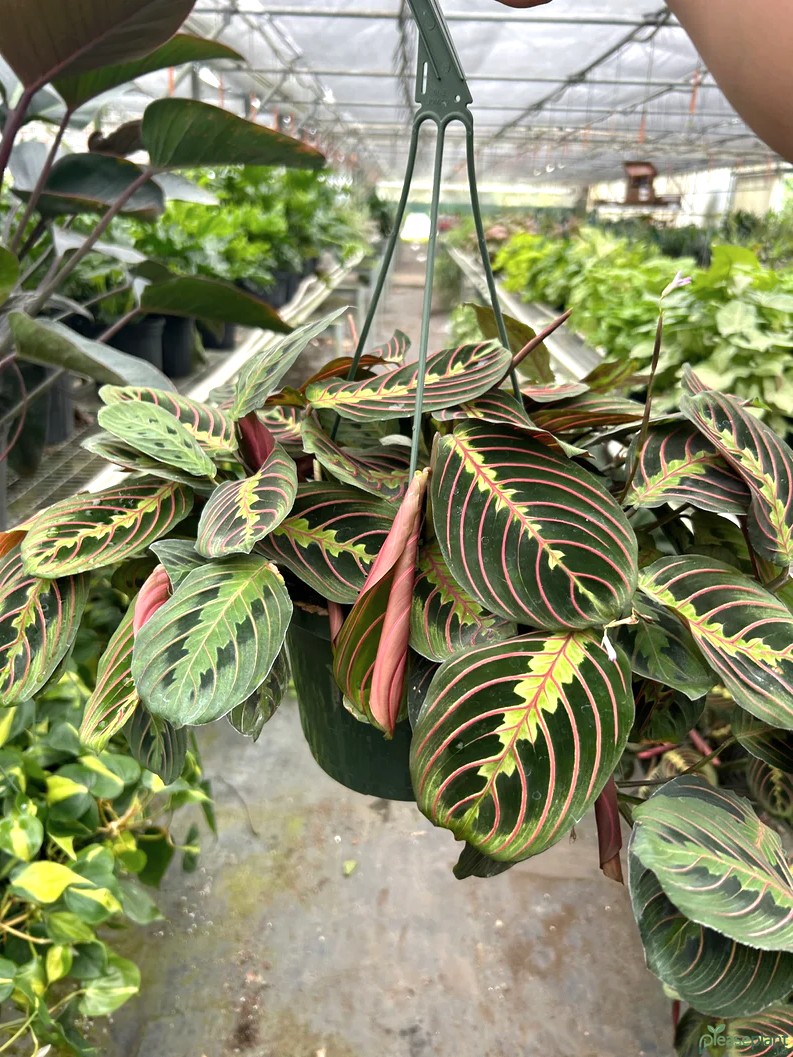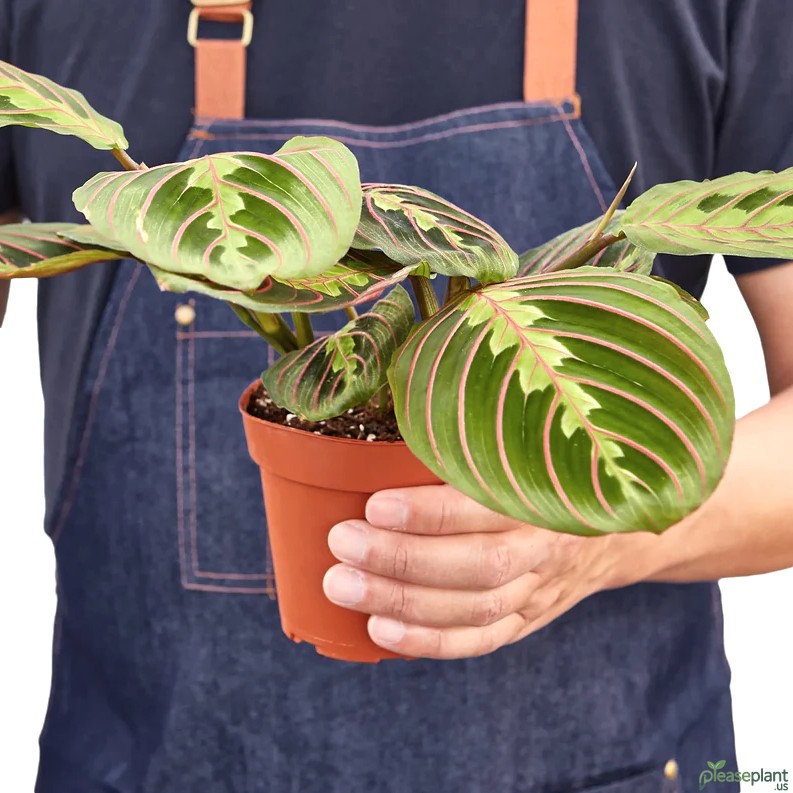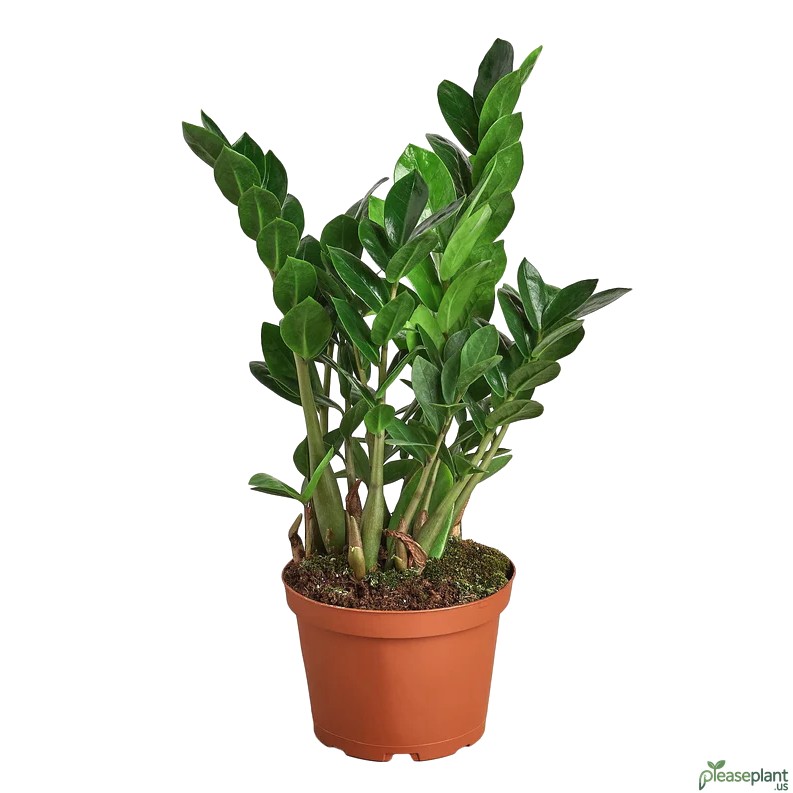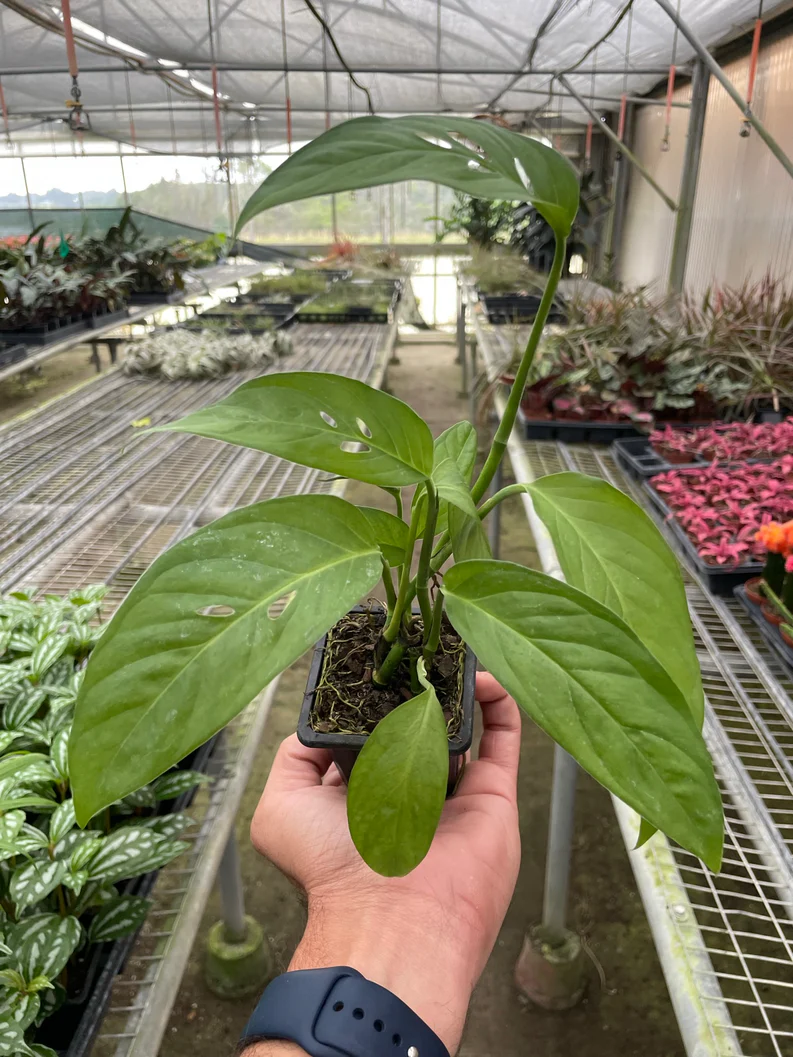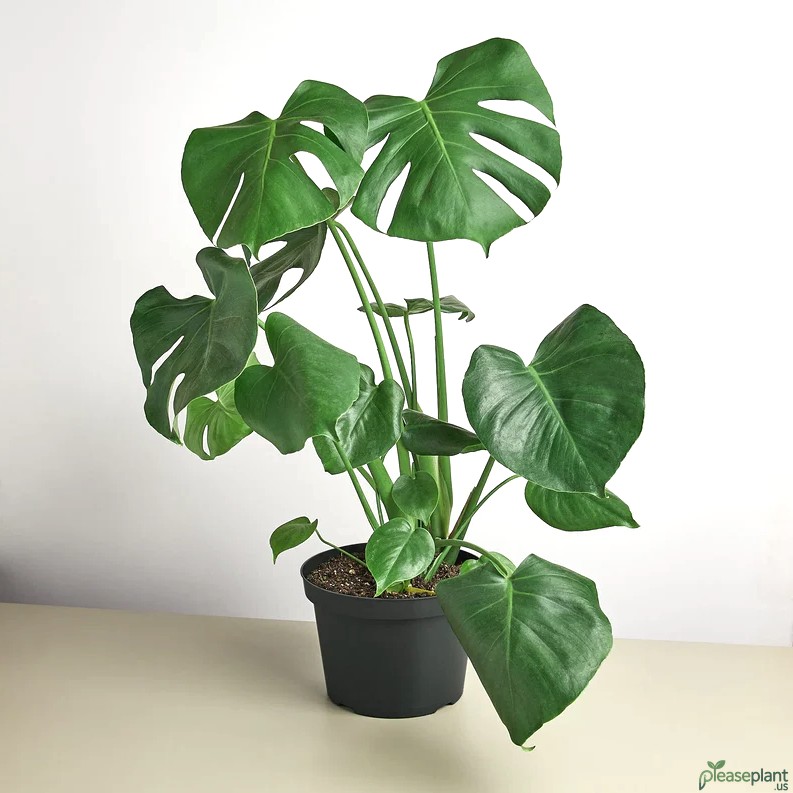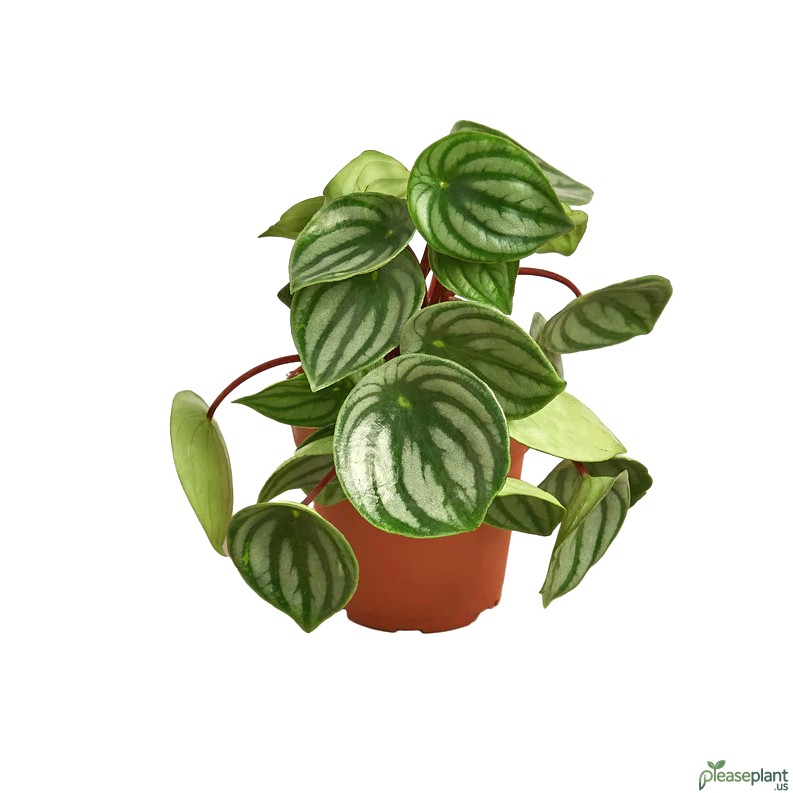If you're hunting for a pet-safe houseplant that brings life and color to your living space, the Maranta Red - Prayer Plant is a top pick. Known for its beautiful red-veined leaves and unique habit of folding its leaves at night, this plant isn't just eye candy—it's also safe for your furry friends. Growing it is surprisingly straightforward if you get the right humidity and light balance. This article digs into what makes the Red Prayer Plant special and how to keep it thriving.
The Tale of the Red Prayer Plant
Ever stumbled upon a houseplant that looks like it’s performing a nightly ritual? That’s the Maranta Red - Prayer Plant for you, folding its leaves like hands in prayer every evening. This quirky behavior, plus its stunning red markings, has made it a favorite for indoor gardeners, especially those wary of pet safety. You see, many plants can be toxic to cats or dogs, but this one? Totally safe, so your pets can roam free without you worrying about a toxic nibble.
Why Should You Consider a pet-safe houseplant?
Let me tell you, I've had my share of plant casualties, both from neglect and curious pets. Finding a houseplant that’s not only beautiful but also safe for your furry companions is like hitting the jackpot. The Maranta Red fits the bill perfectly. It’s got this vibrant red and green leaf pattern that makes it stand out, yet it’s gentle enough to be around pets. Plus, it’s a great conversation starter when guests notice the leaves moving at dusk—sometimes leaving me wondering if they think I’m up to some leafy magic.
Growing Your Maranta Red - Simple Tips That Work
Now, here’s the rub: this plant isn’t the most demanding, but it does have its quirks. It thrives in indirect light, so no sunbathing on your windowsill unless you want crispy leaves. The humidity should be on the higher side—think misting regularly or keeping it near a pebble tray. I learned this the hard way when one of my plants looked like it was about to retire early, dry and sad. And watering? Keep the soil moist but not soggy; overwatering is a common slip-up.
common pests and How to Deal With Them
Like many houseplants, the Prayer Plant isn’t immune to pests. Spider mites and aphids might try to crash the party, especially in drier conditions. I recommend a gentle neem oil spray or a good old-fashioned wipe down with soapy water. Catching these early saved me a lot of heartache and the need for drastic measures.
Final Thoughts: Is the Maranta Red Worth It?
If you’re after a splash of color that’s more than just pretty, the Maranta Red - Prayer Plant is your bud. Safe for pets, visually stunning, and with a personality all its own thanks to its nightly leaf movements, it’s well worth adding to your collection. Just remember, a bit of attention to its light and humidity needs goes a long way. And hey, if your cat or dog decides to give it a nibble, you can relax knowing it’s not gonna cause a drama.
So, are you ready to invite this charming, pet-safe green companion into your home? It might just become your favorite leafy roommate.

